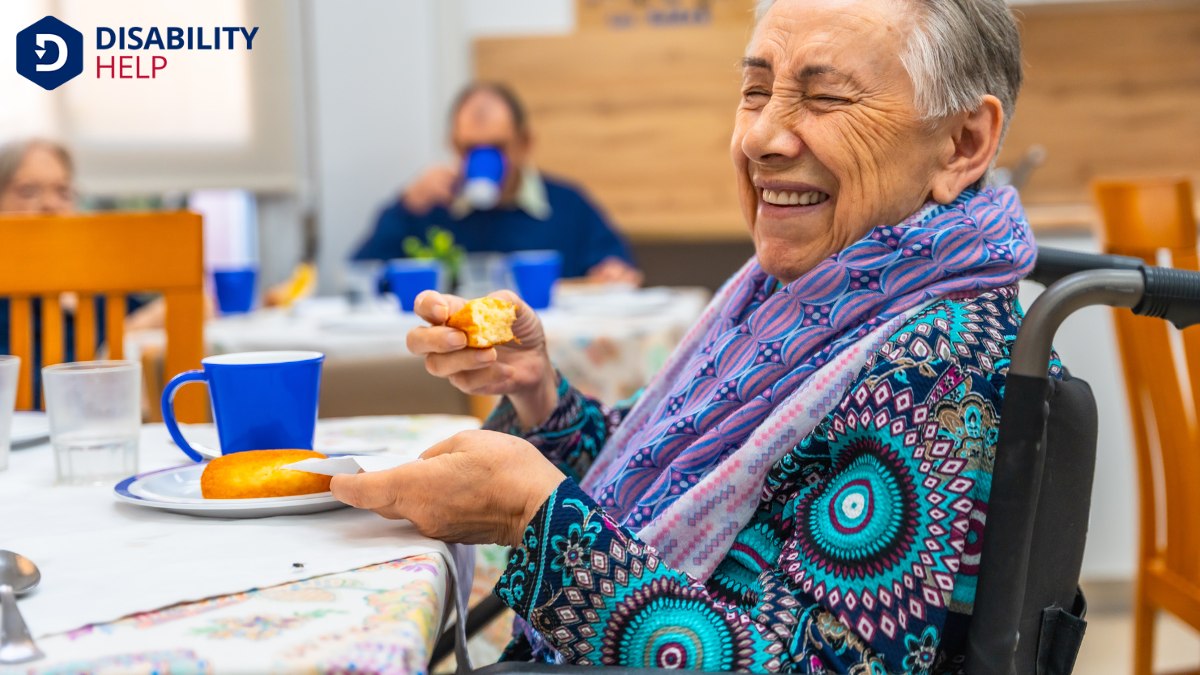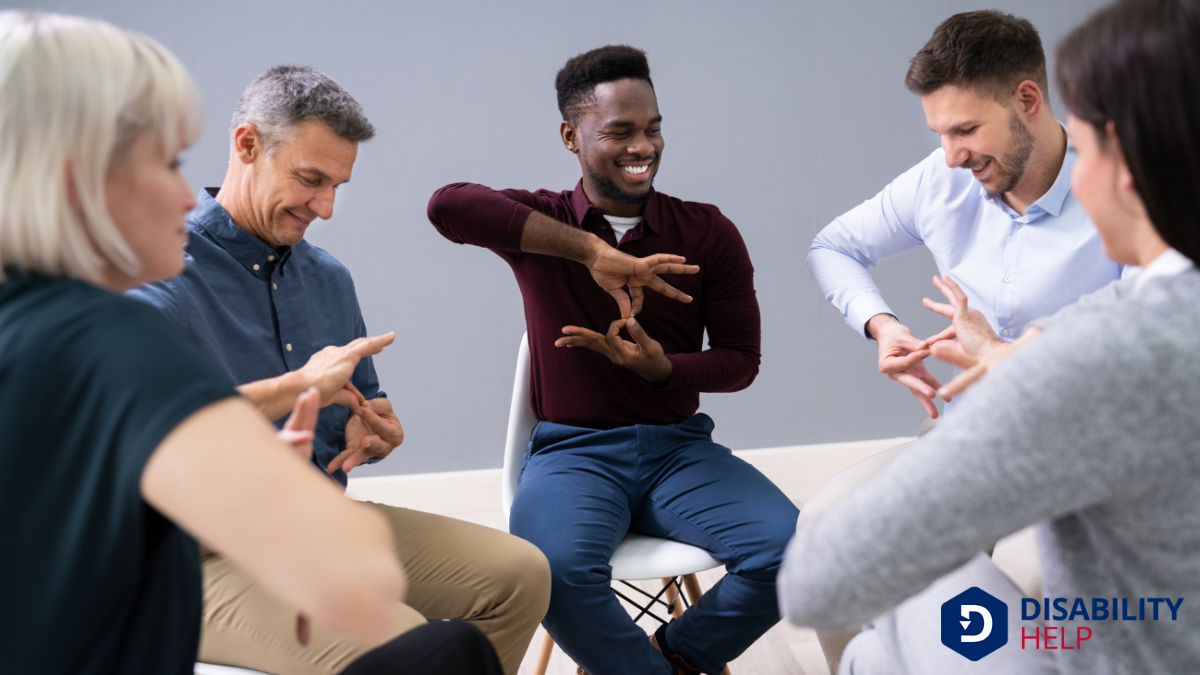Have you ever noticed how society seems to more readily accept physical disabilities, especially those that are visible, like mobility impairments? It's intriguing how these conditions often prompt empathyThe ability to understand and share the feelings of another, particularly important in understanding... and support, likely because they can be directly observed. Yet, this acceptance doesn't extend equally to invisible disabilities, which remain overlooked. What does this disparity reveal about our perceptions and the challenges that lie ahead for true inclusivity? There's more to explore.
Key Takeaways
- Physical disabilities are generally more recognized and accepted due to visible and historical awareness efforts.
- Media portrayals have contributed to the increased acceptance of physical disabilities through representationThe way people with disabilities are depicted in media, culture, and politics, often influencing pub... and storytelling.
- Cultural influences play a role, with some cultures viewing physical disabilities with more acceptance than invisible ones.
- Societal attitudes often prioritize visible disabilities over invisible ones, leading to greater acceptance.
- AdvocacyThe act of arguing in favor of, supporting, or defending the rights and interests of individuals or ... for accessibilityThe design of products, devices, services, or environments to be usable by people with disabilities.... has heightened awareness and acceptance of physical disabilities within communities.
Understanding Disability Acceptance
When you think about disability acceptance, it’s vital to recognize that attitudes and perceptions have evolved considerably over time.
You've probably noticed how society's understanding of disabilities has shifted from viewing them as limitations to recognizing them as part of human diversityThe inclusion of individuals from a wide range of backgrounds, including people with disabilities.. This change didn't happen overnight. It required persistent advocacy, increased awareness, and education.
You play an important role in this ongoing process. By listening, learning, and challenging outdated misconceptions, you help foster an inclusive environment where everyone feels valued.
Cultural Influences on Perceptions of Disability

How do cultural influences shape our perceptions of disability? Your cultural background plays a significant role in how you view and understand disabilities. Societal norms, traditions, and values can affect whether you see disability as a challenge to overcome or as a difference to be embraced.
In some cultures, disabilities might be stigmatized, leading to exclusion or isolation. In others, they may be celebrated as part of a community's diversity. Your cultural lens can determine what kinds of disabilities are more accepted or visible in society.
The Role of Media in Shaping Disability Awareness
Although we often overlook it, the media plays an essential role in shaping society's awareness and understanding of disability. By consuming TV shows, movies, and news articles, you gain insights into the lives and challenges faced by those with disabilities.
When the media portrays disabilities accurately and respectfully, it fosters empathy and breaks down misconceptions. However, if the media focuses on stereotypes or sensationalizes conditions, it can perpetuate misunderstandings.
You can identify positive examples where characters with disabilities are given depth and agencyThe capacity of individuals with disabilities to act independently and make their own choices., helping normalize their presence in society.
It's vital for media creators to collaborate with people who've disabilities to guarantee authentic representation. By advocating for diverse and accurate portrayals, you contribute to a more inclusive world that values everyone's experiences.
Societal Attitudes Towards Physical Disabilities
When you look at societal attitudes towards physical disabilities, you'll see how historical perspectives have gradually shifted towards greater acceptance.
Media representationThe portrayal of individuals with disabilities in media, which can influence public perceptions and ... plays an essential role in shaping these perceptions, influencing how you view and understand physical disabilities.
Efforts in accessibility and inclusionThe practice of creating environments in which any individual or group can be and feel welcomed, res... continue to challenge outdated views, pushing society towards a more inclusive future.
Historical Perspectives on Acceptance
Throughout history, society's acceptance of physical disabilities has evolved considerably, shaped by cultural, religious, and economic factors. You might find it fascinating how perceptions have shifted over the centuries. In ancient times, physical disabilities were often misunderstood, sometimes seen as divine punishment or a sign of weakness.
However, as societies progressed, so did their views.
- Religious Influence: Some religions began promoting compassion and charity towards individuals with disabilities, encouraging more inclusive attitudes.
- Economic Contributions: During industrialization, individuals with disabilities were recognized for their ability to contribute to the workforce, altering how society valued them.
- Cultural Shifts: As cultures advanced, there was a growing emphasis on human rightsThe basic rights and freedoms that all people are entitled to, including those with disabilities, of... and equality, paving the way for further acceptance and integration.
Understanding these historical perspectives helps you appreciate today’s more inclusive society.
Media Representation Impact
How has the media shaped society's views on physical disabilities?
You're constantly influenced by what you see on TV, in movies, and online. When media portrays physical disabilities accurately and empathetically, it helps break down stereotypes and fosters understanding. It can show you that people with disabilities lead full, varied lives, just like anyone else.
However, when media relies on clichés or underrepresents disabilities, it can reinforce negative stereotypes. You might see characters with disabilities depicted as objects of pity or as heroes overcoming insurmountable odds, which doesn't always reflect reality.
These portrayals can skew your perception and understanding of physical disabilities.
Accessibility and Inclusion Efforts
Although society has made strides in understanding physical disabilities, there's still much work to be done concerning accessibility and inclusion.
You can actively contribute to creating a more inclusive world by considering a few key actions.
- Educate yourself and others: Awareness is the first step. Learn about different disabilities and teach those around you.
- Advocate for accessibility: Support policies and initiatives that promote accessible spaces, from public transportation to digital platforms.
- Encourage inclusive practices: In workplaces and communities, push for inclusive practices that respect and accommodate everyone’s needs.
Acceptance of Invisible Disabilities
You mightn't always recognize invisible disabilities, but understanding their challenges is essential for fostering empathy.
By promoting awareness, you help create spaces where everyone feels included and respected.
It's up to you to champion inclusion and guarantee that those with invisible disabilities are heard and supported.
Understanding Invisible Disability Challenges
Invisible disabilities, often misunderstood and overlooked, present unique challenges for those living with them. You might encounter skepticism because people can't see your condition, leading to feelings of isolation.
It's essential to communicate your needs clearly, even when others struggle to grasp them. Recognizing these challenges helps foster empathy and support.
Consider these common struggles you might face:
- Misunderstanding: Others may not believe your experiences because they can't see physical evidence.
- Communication: Explaining your needs can be exhausting, especially if people doubt your condition.
- Validation: Seeking validation for your experiences is challenging when those around you don't acknowledge your disability.
Understanding these hurdles is important in creating a supportive environment. Embrace your unique experiences and continue advocating for yourself.
Promoting Awareness and Inclusion
Building on the understanding of invisible disabilityA disability that is not immediately apparent, such as a mental health condition or chronic illness.... challenges, promoting awareness and inclusion becomes a powerful tool for acceptance.
You can start by learning and sharing information about these disabilities, which often aren't immediately visible. Educate those around you about the reality that not all disabilities are physical. Engage in conversations that highlight the importance of empathy and understanding.
Include individuals with invisible disabilities in discussions and decisions that affect them. Offer support by creating environments where everyone feels safe and respected, whether it’s at work, school, or in social settings.
Language matters, so choose words carefully to avoid stigmatization. By actively promoting a culture of inclusion, you contribute to a society that values and respects all abilities.
Promoting Inclusivity and Empathy for All Disabilities

While society has made strides in recognizing diverse disabilities, there's still much to be done in promoting inclusivity and empathy for everyone.
You can make a difference by understanding and embracing the unique experiences of people with disabilities. Start by listening to their stories and challenges. This helps you develop a deeper empathy and awareness of their needs.
To create a more inclusive environment, consider these actions:
- Educate Yourself: Learn about different disabilities and how they affect individuals' daily lives.
- Advocate: Use your voice to support policies and practices that promote accessibility and inclusion.
- Engage: Participate in community events that celebrate diversity and inclusion.
Conclusion
You've seen how society is more inclined to accept visible physical disabilities because they're easier to understand and empathize with. Media and cultural influences play big roles in shaping these perceptions. However, it's essential not to overlook invisible disabilities, which often face misunderstanding and stigmaThe negative attitudes and discrimination faced by individuals with disabilities due to societal ste.... By promoting inclusivity and empathy, you can help bridge this gap. Advocate for ongoing education to guarantee all disabilities are recognized and supported, fostering a more inclusive world for everyone.






